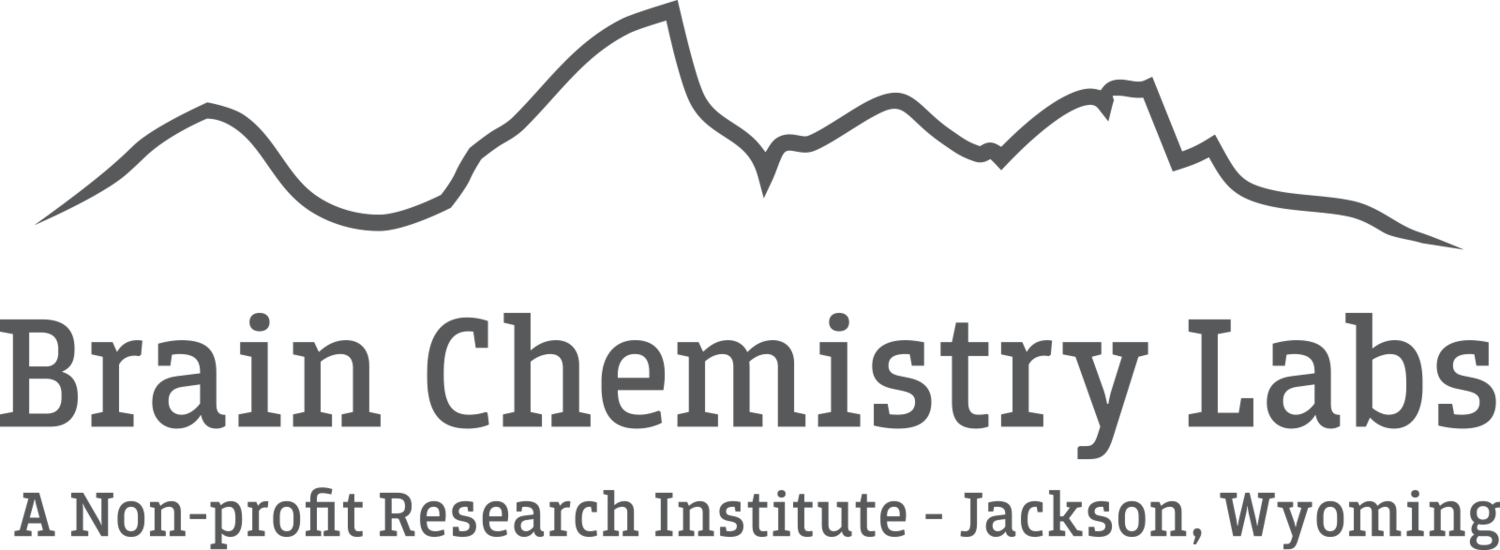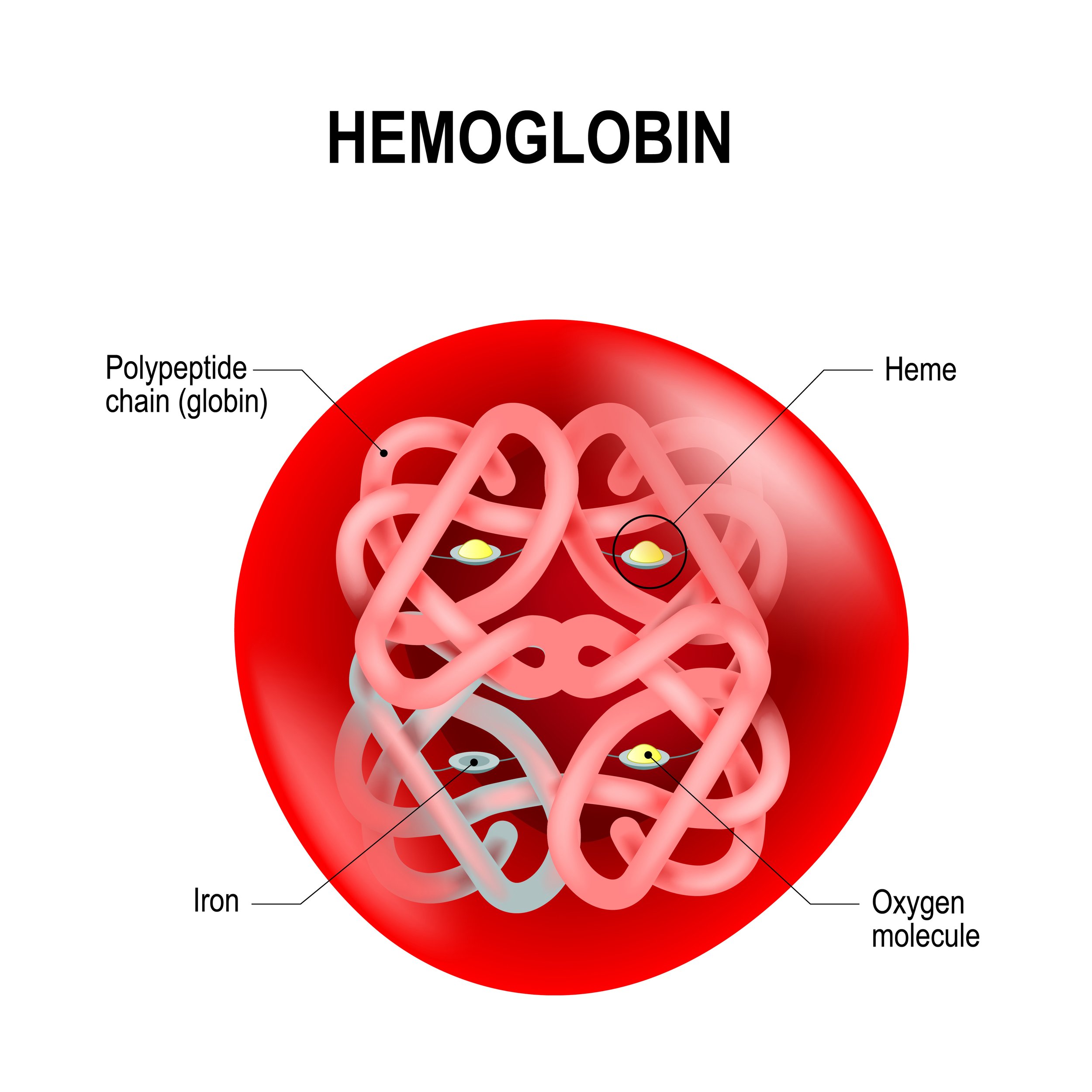Today, a press release issued by researchers at the University of California, San Diego argued that L-serine could be dangerous for consumption.
In a letter to Cell Metabolism the researchers contested previous findings by scientists in France who found that L-serine was effective at reducing cognitive deficits in mice that exhibit aspects of Alzheimer’s disease.
L-serine is a naturally occurring amino acid synthesized by the body and is abundant in food.
While not disputing the cognitive benefits of L-serine, the San Diego team cautioned against
L-serine consumption because they found an increase of the enzyme PHGDH in mice with Alzheimer’s mutations as well as in the hippocampus of human Alzheimer’s patients.
PHGDH is the first step in a three-step enzymatic process within the brain that synthesizes
L-serine.
The San Diego researchers speculated that if PHGDH is increased, L-serine levels might also be increased. However, these researchers did not measure L-serine in the brain, nor did they perform any clinical studies.
The Brain Chemistry Labs has been studying L-serine as a possible treatment for ALS and Alzheimer’s disease.
In FDA-approved clinical trials, no serious adverse effects have been found in patients taking
L-serine up to 30 grams per day. Furthermore, residents of Ogimi village in Okinawa, many of whom are over 100 years old, have not noted negative effects from their diet which is extremely rich in L-serine. Extensive studies of L-serine in laboratory animals have also failed to find any adverse effects of high-dose L-serine.
The Brain Chemistry Labs does not encourage individuals outside of the clinical trials we are sponsoring to take L-serine until the FDA approves L-serine for the treatment of neurodegenerative diseases.
Additional information:
P.A. Cox, et al. 2016. Dietary exposure to an environmental toxin triggers neurofibrillary tangles and amyloid deposits in the brain. DOI: https://doi.org/10.1098/rspb.2015.2397
P.A. Cox, J.S. Metcalf. 2017. Traditional food items in Ogimi, Okinawa: L-serine content and the potential for neuroprotection. DOI: https://doi.org/10.1007/s13668-017-0191-0
J. Metcalf, et al. 2018. L-serine: a naturally-occurring amino acid with therapeutic potential. DOI: https://doi.org/10.1007/s12640-017-9814-x
J. Le Douce, et al. 2020. Impairment of glycolysis-derived L-serine production in astrocytes contributes to cognitive deficits in Alzheimer’s disease. DOI: https://doi.org/10.1016/j.cmet.2020.02.004
X. Chen et al. 2022. PHGDH expression increases with progression of Alzheimer’s disease pathology and symptoms. DOI: https://doi.org/10.1016/j.cmet.2022.02.008


























